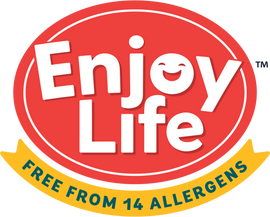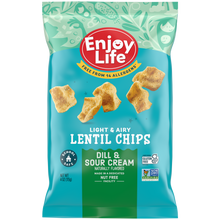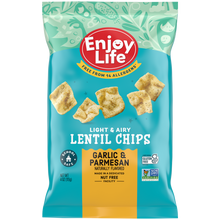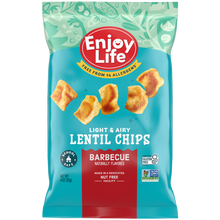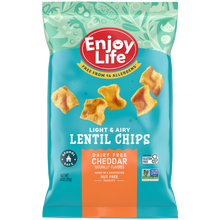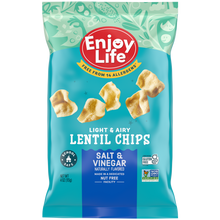
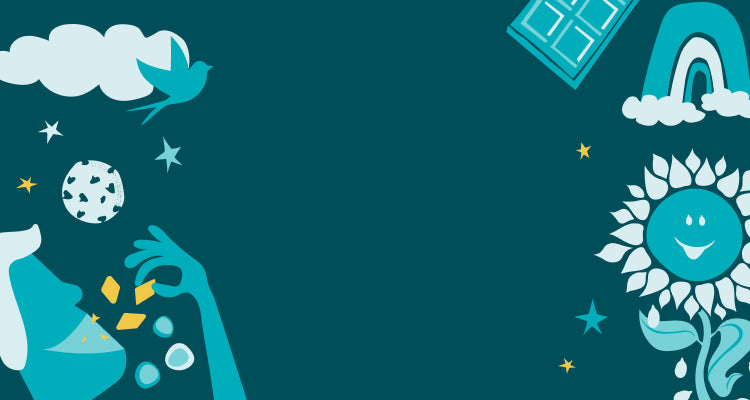
Gluten Free
What Is Gluten?
Gluten is the general name for certain types of proteins found in wheat, barley and rye and their derivatives. Gluten is commonly found in breads, pastas and baked goods, but may also be present in products such as soy sauce, licorice, beer, processed meats, cosmetics and medications.

Gluten Intolerance, Celiac Disease and Food Allergies
Many people suffer discomfort after eating foods that contain gluten. Sometimes this discomfort is caused by a gluten intolerance, which means the body has difficulty breaking down gluten. Sometimes the discomfort is a symptom of Celiac Disease, a serious autoimmune disease that is aggravated by gluten. From case to case gluten intolerance can range from mild to quite severe. An intolerance may come and go, but Celiac Disease is a chronic condition with no current cure.
Gluten is not recognized as a food allergen, meaning it has not been known to cause the rapid, life threatening immune response called anaphylaxis that some people experience when exposed to peanuts, fish, or other foods considered allergens.
A wheat allergy is different from a gluten intolerance or celiac disease. Wheat, which contains gluten, does cause an immune response in some people who are allergic to it. People allergic to wheat can potentially eat other foods that contain gluten, however they must be sure all of the food’s ingredients have never come into contact with wheat during processing.
Gluten is not recognized as a food allergen, meaning it has not been known to cause the rapid, life threatening immune response called anaphylaxis that some people experience when exposed to peanuts, fish, or other foods considered allergens.
A wheat allergy is different from a gluten intolerance or celiac disease. Wheat, which contains gluten, does cause an immune response in some people who are allergic to it. People allergic to wheat can potentially eat other foods that contain gluten, however they must be sure all of the food’s ingredients have never come into contact with wheat during processing.
How do I avoid foods that contain gluten?
If you suspect that you or a loved one experience discomfort after eating specific foods, contact a healthcare professional. It’s important to know whether the discomfort is a food intolerance, Celiac Disease, or a food allergy. Your doctor can provide a diagnosis and in some cases they may prescribe a gluten free diet.
The following ingredients are not allowed on a gluten-free diet: wheat (durum, farina, graham, kamut, semolina, spelt), rye, barley and triticale (a cross between wheat and rye). Malt flavoring and malt vinegar may be derived from barley and should also be avoided.
Some acceptable gluten-free grains and flours are rice, corn, potato, tapioca, beans, garfava (chickpea and fava bean blend), sorghum, quinoa, millet, buckwheat, arrowroot, amaranth, and teff.
The following ingredients are not allowed on a gluten-free diet: wheat (durum, farina, graham, kamut, semolina, spelt), rye, barley and triticale (a cross between wheat and rye). Malt flavoring and malt vinegar may be derived from barley and should also be avoided.
Some acceptable gluten-free grains and flours are rice, corn, potato, tapioca, beans, garfava (chickpea and fava bean blend), sorghum, quinoa, millet, buckwheat, arrowroot, amaranth, and teff.
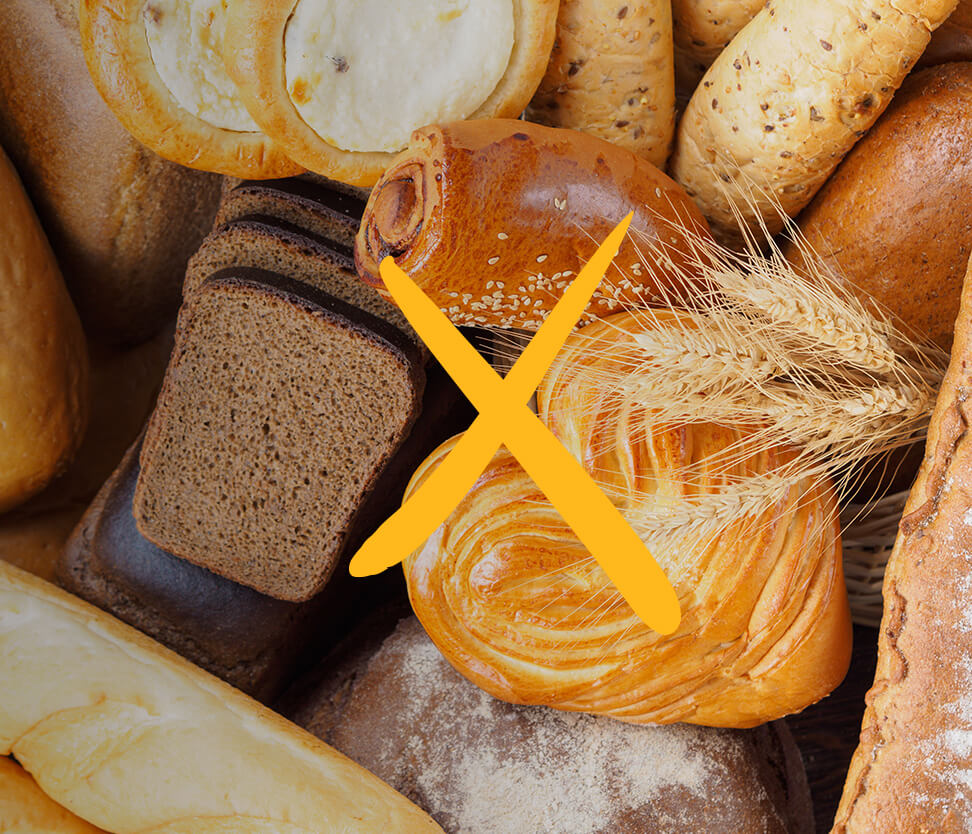

HOW DOES ENJOY LIFE MAKE GLUTEN-FREE AND WHEAT-FREE FOODS?
Wheat and other glutinous grains are commonly found in many foods. Because they are so common, they often come into contact with non-glutinous foods. This means that even if a food does not contain wheat as an ingredient, it may unintentionally contain trace amounts of gluten or wheat in quantities that cause a reaction in people who are trying to maintain a gluten-free diet.
All Enjoy Life Foods are certified gluten-free by the Gluten Free Certification Organization. This certification is twice as stringent as Food and Drug Administration (FDA) requirements for foods that are labeled gluten free. All Enjoy Life Foods products contain 10 parts per million of gluten or less. Our facilities and ingredient suppliers adhere to strict quality standards.
All Enjoy Life Foods are certified gluten-free by the Gluten Free Certification Organization. This certification is twice as stringent as Food and Drug Administration (FDA) requirements for foods that are labeled gluten free. All Enjoy Life Foods products contain 10 parts per million of gluten or less. Our facilities and ingredient suppliers adhere to strict quality standards.

Gluten Intolerance, Celiac Disease and Food Allergies
Many people suffer discomfort after eating foods that contain gluten. Sometimes this discomfort is caused by a gluten intolerance, which means the body has difficulty breaking down gluten. Sometimes the discomfort is a symptom of Celiac Disease, a serious autoimmune disease that is aggravated by gluten. From case to case gluten intolerance can range from mild to quite severe. An intolerance may come and go, but Celiac Disease is a chronic condition with no current cure.
Gluten is not recognized as a food allergen, meaning it has not been known to cause the rapid, life threatening immune response called anaphylaxis that some people experience when exposed to peanuts, fish, or other foods considered allergens.
A wheat allergy is different from a gluten intolerance or celiac disease. Wheat, which contains gluten, does cause an immune response in some people who are allergic to it. People allergic to wheat can potentially eat other foods that contain gluten, however they must be sure all of the food’s ingredients have never come into contact with wheat during processing.
Gluten is not recognized as a food allergen, meaning it has not been known to cause the rapid, life threatening immune response called anaphylaxis that some people experience when exposed to peanuts, fish, or other foods considered allergens.
A wheat allergy is different from a gluten intolerance or celiac disease. Wheat, which contains gluten, does cause an immune response in some people who are allergic to it. People allergic to wheat can potentially eat other foods that contain gluten, however they must be sure all of the food’s ingredients have never come into contact with wheat during processing.
How do I avoid foods that contain gluten?
If you suspect that you or a loved one experience discomfort after eating specific foods, contact a healthcare professional. It’s important to know whether the discomfort is a food intolerance, Celiac Disease, or a food allergy. Your doctor can provide a diagnosis and in some cases they may prescribe a gluten free diet.
The following ingredients are not allowed on a gluten-free diet: wheat (durum, farina, graham, kamut, semolina, spelt), rye, barley and triticale (a cross between wheat and rye). Malt flavoring and malt vinegar may be derived from barley and should also be avoided.
Some acceptable gluten-free grains and flours are rice, corn, potato, tapioca, beans, garfava (chickpea and fava bean blend), sorghum, quinoa, millet, buckwheat, arrowroot, amaranth, and teff.
The following ingredients are not allowed on a gluten-free diet: wheat (durum, farina, graham, kamut, semolina, spelt), rye, barley and triticale (a cross between wheat and rye). Malt flavoring and malt vinegar may be derived from barley and should also be avoided.
Some acceptable gluten-free grains and flours are rice, corn, potato, tapioca, beans, garfava (chickpea and fava bean blend), sorghum, quinoa, millet, buckwheat, arrowroot, amaranth, and teff.


HOW DOES ENJOY LIFE MAKE GLUTEN-FREE AND WHEAT-FREE FOODS?
Wheat and other glutinous grains are commonly found in many foods. Because they are so common, they often come into contact with non-glutinous foods. This means that even if a food does not contain wheat as an ingredient, it may unintentionally contain trace amounts of gluten or wheat in quantities that cause a reaction in people who are trying to maintain a gluten-free diet.
All Enjoy Life Foods are certified gluten-free by the Gluten Free Certification Organization. This certification is twice as stringent as Food and Drug Administration (FDA) requirements for foods that are labeled gluten free. All Enjoy Life Foods products contain 10 parts per million of gluten or less. Our facilities and ingredient suppliers adhere to strict quality standards.
All Enjoy Life Foods are certified gluten-free by the Gluten Free Certification Organization. This certification is twice as stringent as Food and Drug Administration (FDA) requirements for foods that are labeled gluten free. All Enjoy Life Foods products contain 10 parts per million of gluten or less. Our facilities and ingredient suppliers adhere to strict quality standards.
Gluten Free Snacks
Recipes
Get Creative in the Kitchen
